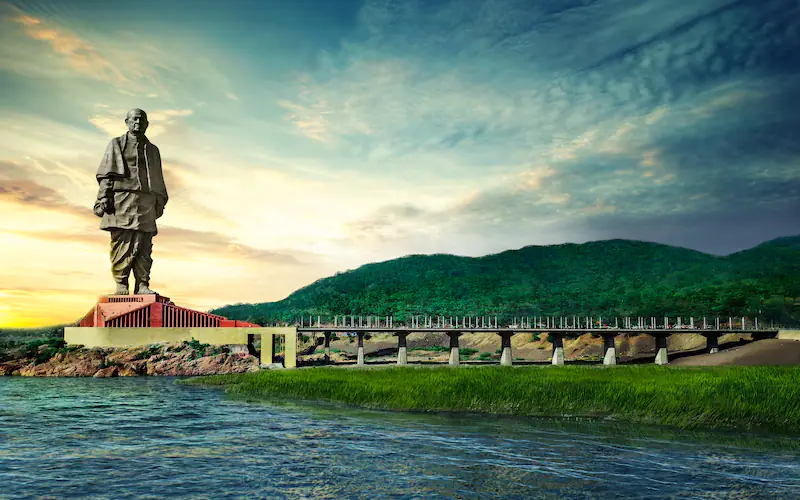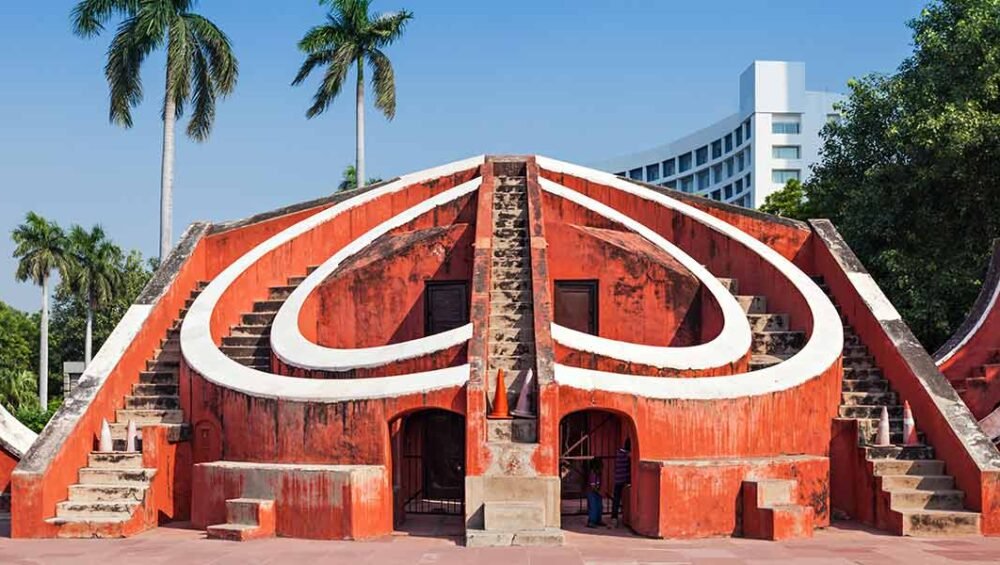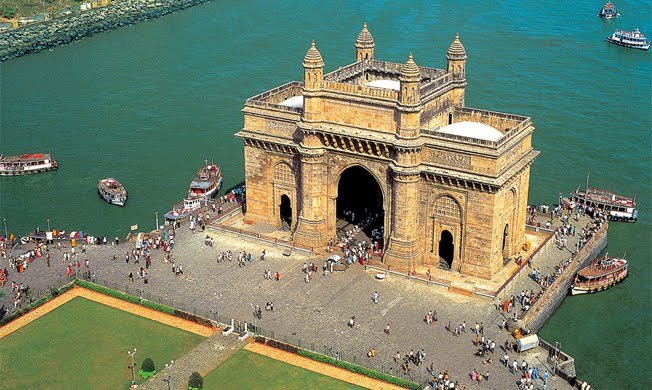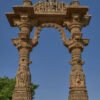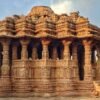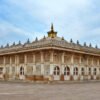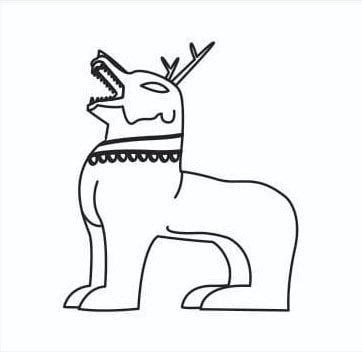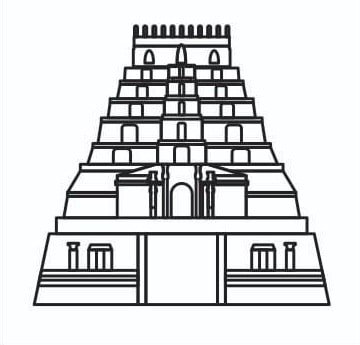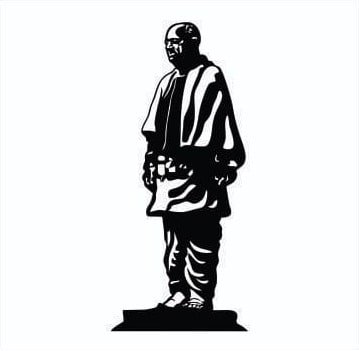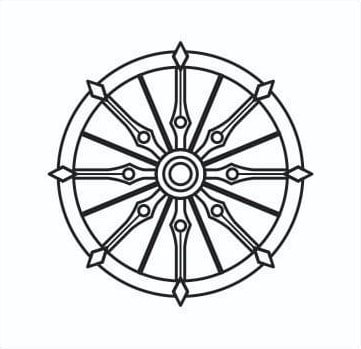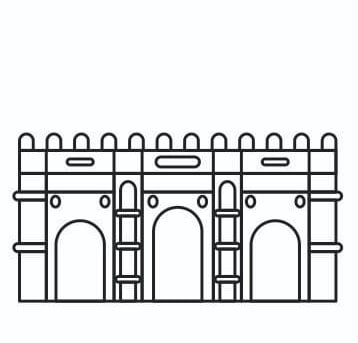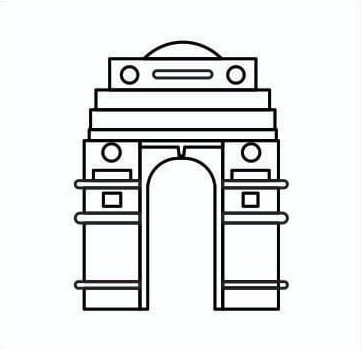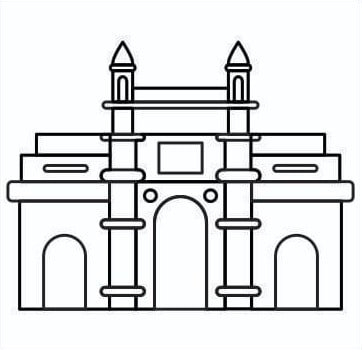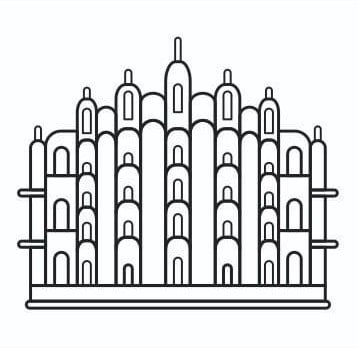Monument – Statue of Unity, Kevadiya, Gujarat
Built by – Sculptor Ram V Sutar in 2018
The world’s tallest statue – the 182-metre Statue of Unity, is dedicated to Sardar Vallabhbhai Patel, the Architect of Independent India. The Statue of Unity overlooks the vast surrounds and the river basin of the Narmada River and the sprawling Sardar Sarovar dam. It stands on the Sadhu Bet hillock, connected by a 300-metre bridge, which offers access from the mainland to the statue.
The colossal monument is a tribute to India ‘from the people of Gujarat’ to the leader who placed people’s welfare first. Sardar Patel served as India’s initial home minister and deputy Prime minister and was a supporter of Mahatma Gandhi.
Sardar Patel is also known as the “”Unifier of India””. He is well recognised for bringing together 562 kingdoms of India and a large portion of the old British Raj to build the Indian Union.
As a part of an outreach programme for the project, the state government had asked Indian farmers to donate their used farming equipment to collect iron needed for the statue of Sardar Patel.
Photo Courtesy – www.yatrablog.com
